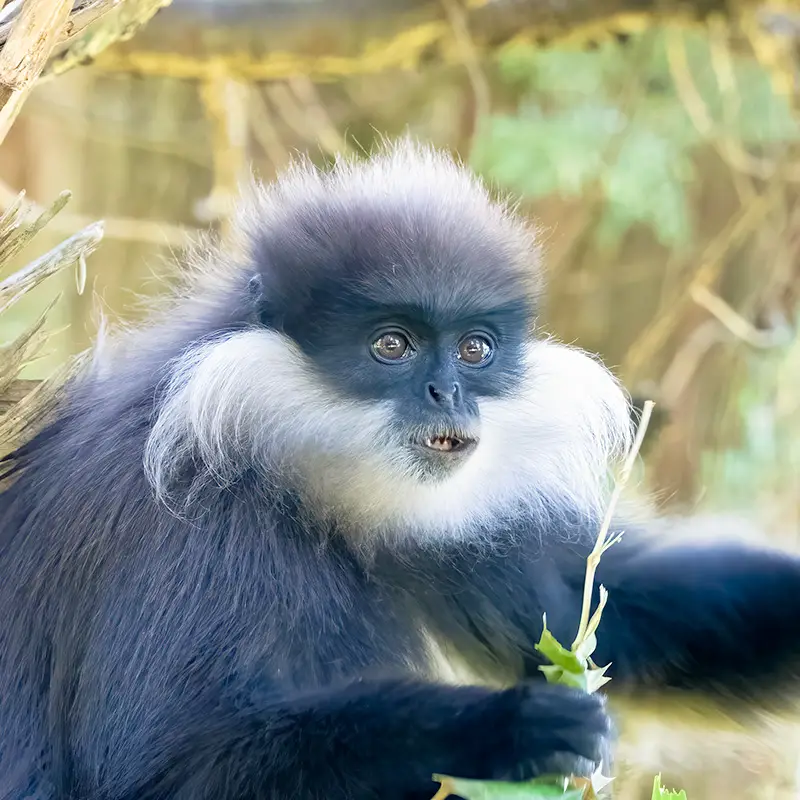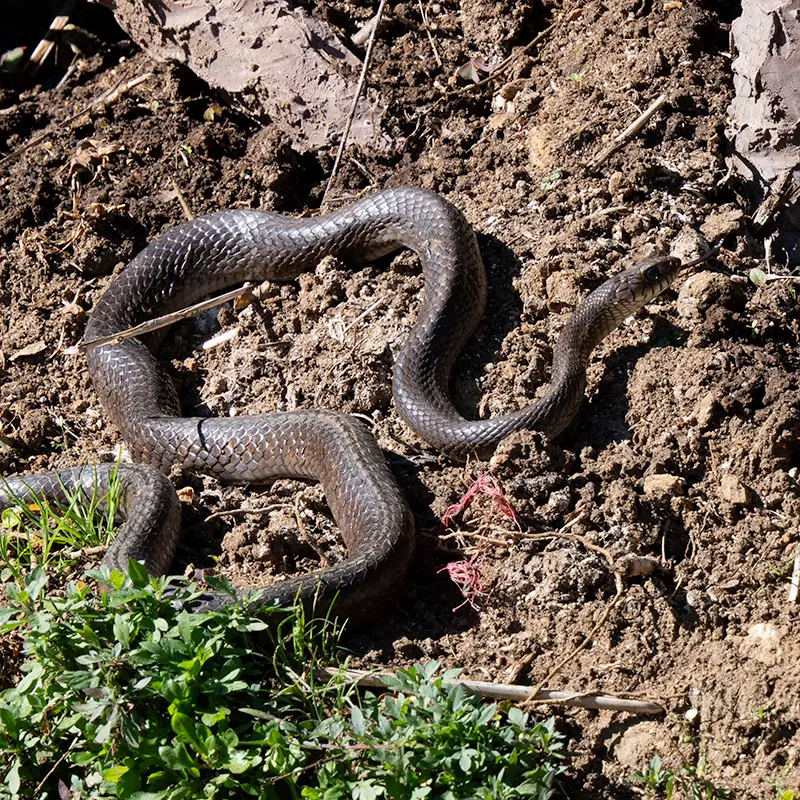Nuwara-eliya is located in hill country in the centre of Sri Lanka and is a major tourist destination and the most important area in the country for tea cultivation. In the city we stayed two nights at the Araliya Red Hotel, which gave us a full day to go birding in the Horton Plains National Park.
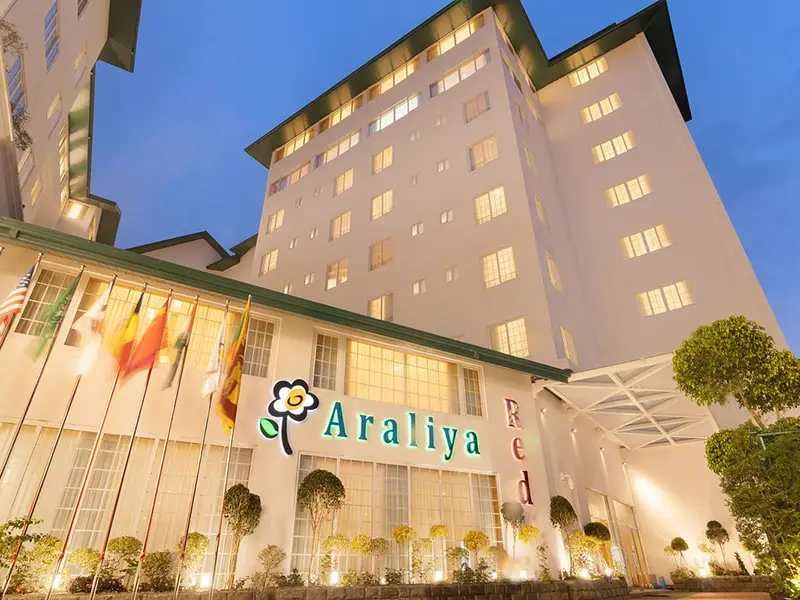
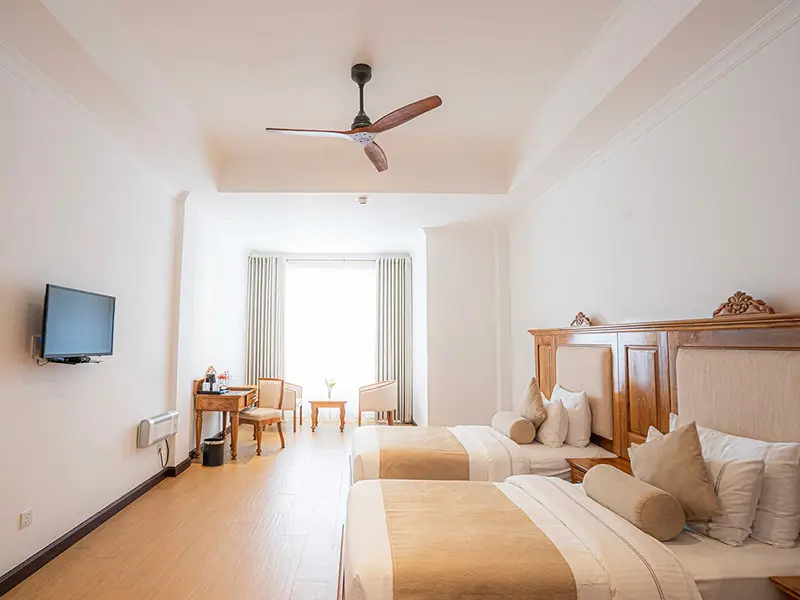
For the best birding opportunities we needed to get to the park when it opened at 6 AM, so we left our hotel at 5 as the park was over 25 km away via small roads.
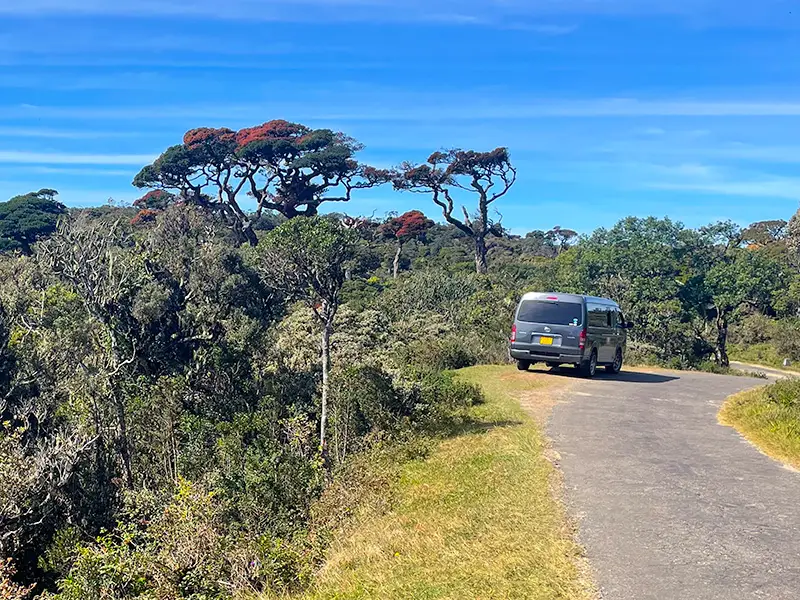
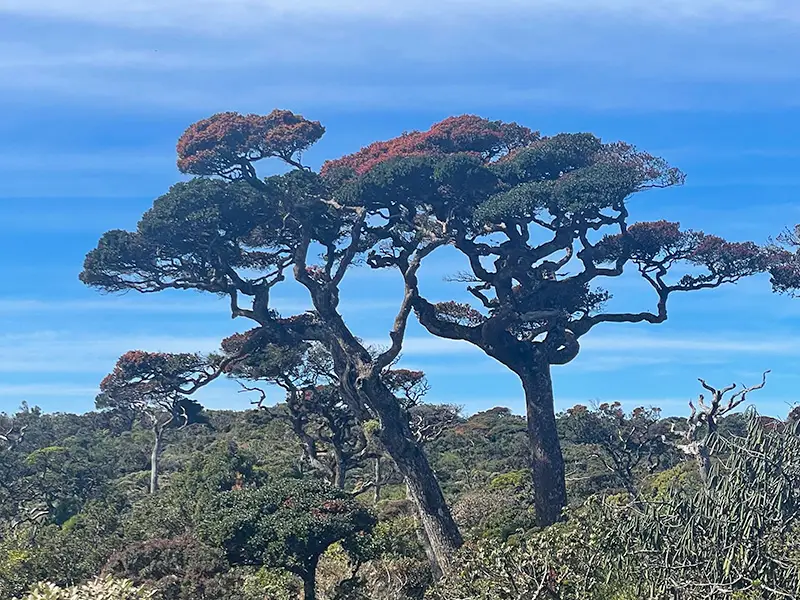
On entering the park we stopped at a small pool and searched for one of the most important endemic birds of the island – the Sri Lanka Whistling Thrush. We were very fortunate to almost immediately hear the bird and luckily it jumped onto the grass in front of us and posed for a few seconds before moving towards the pool. After the excitement of the Whistling Thrush, we spent some time birding around the pool and saw Sri Lanka White-eye and Yellow-eared Bulbul in the bushes.
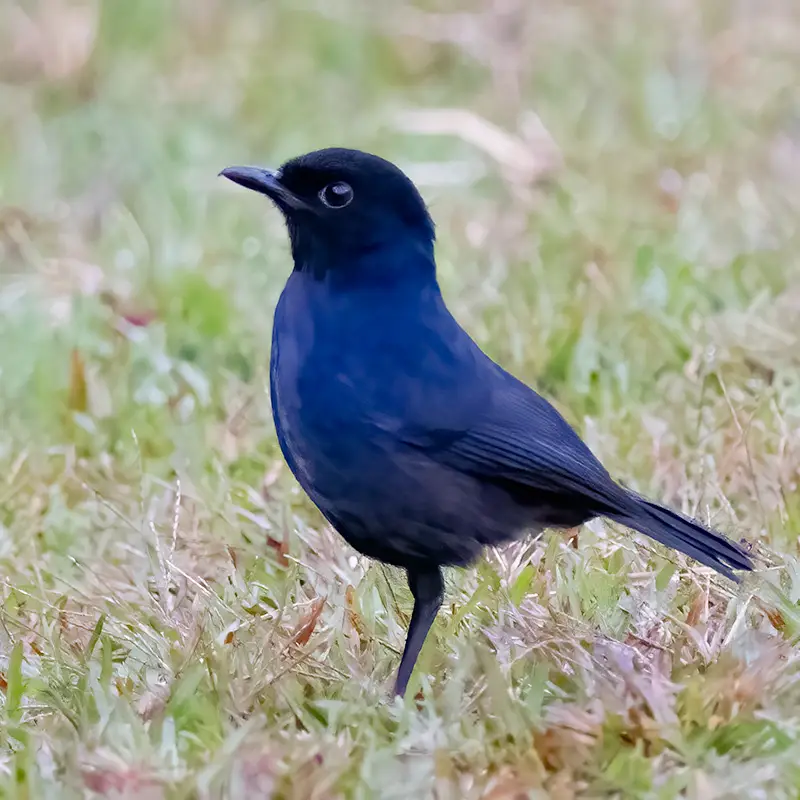

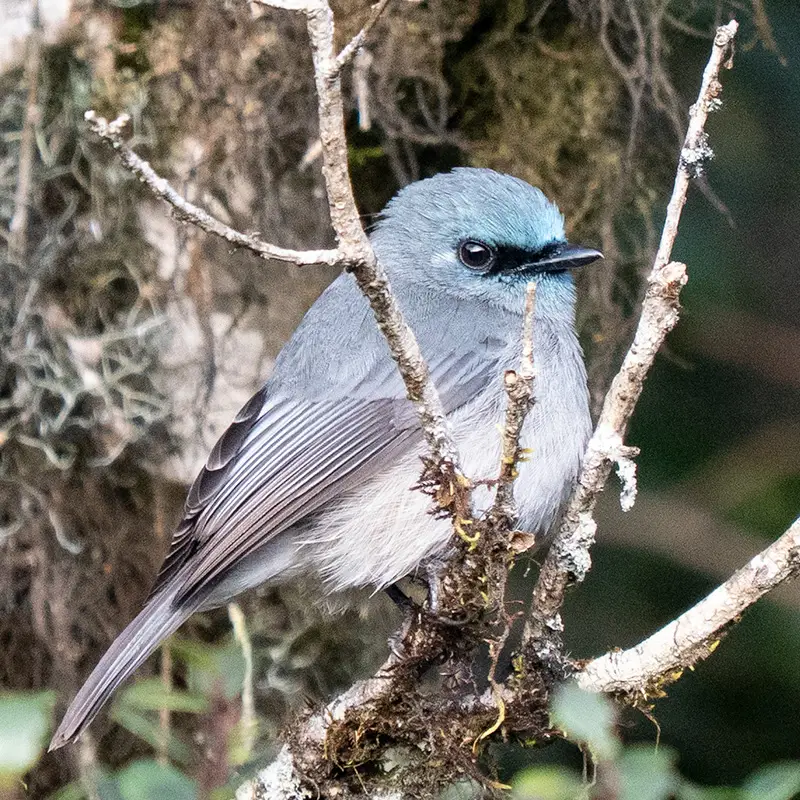
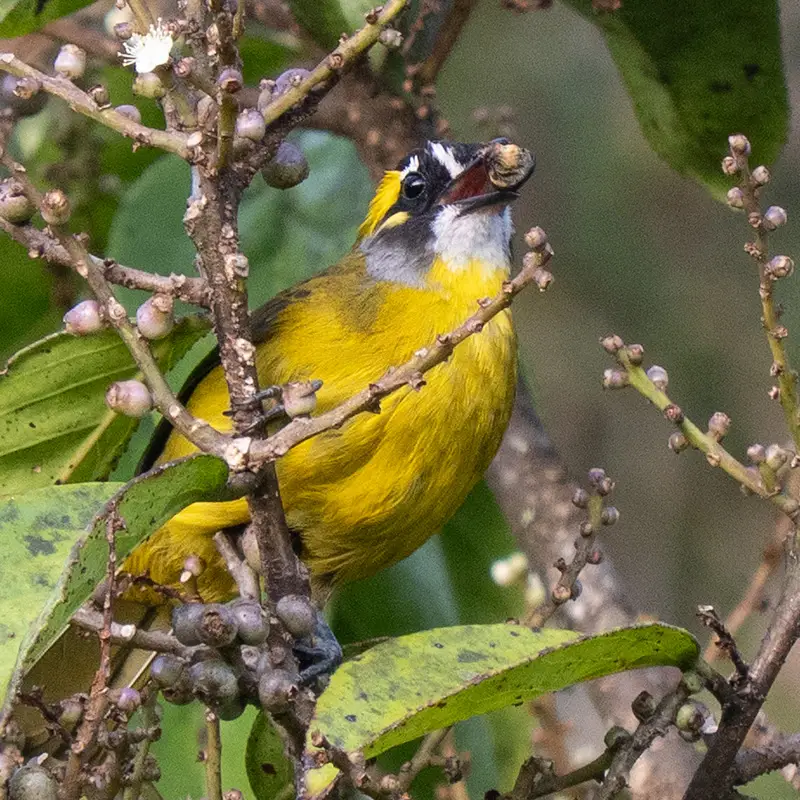
Walking down the road we soon encountered another endemic, the Sri Lanka Wood Pigeon. We also came across a bird that is common in our garden at home, the Great Tit.
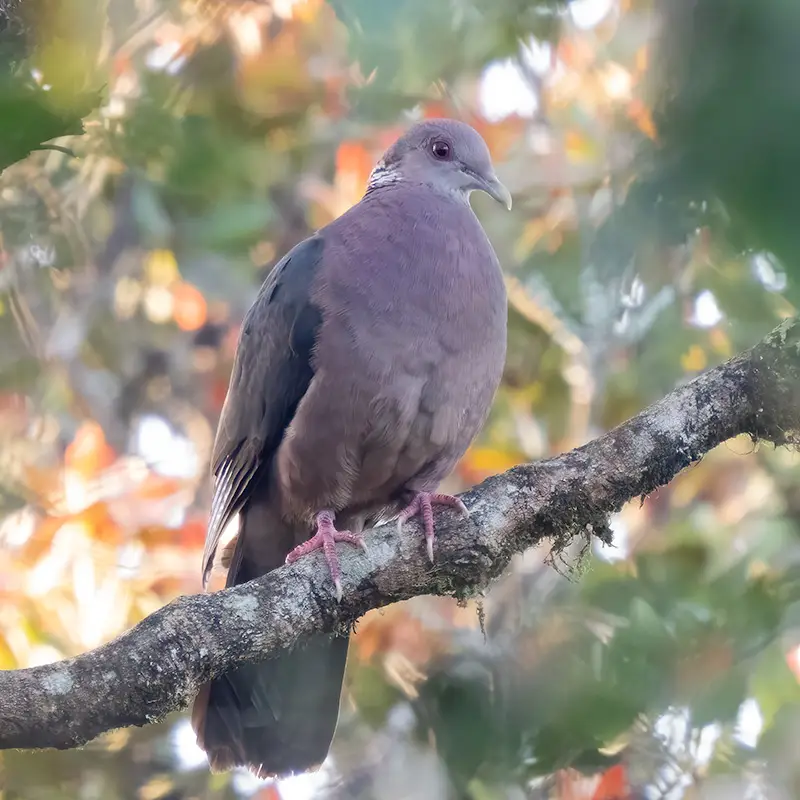
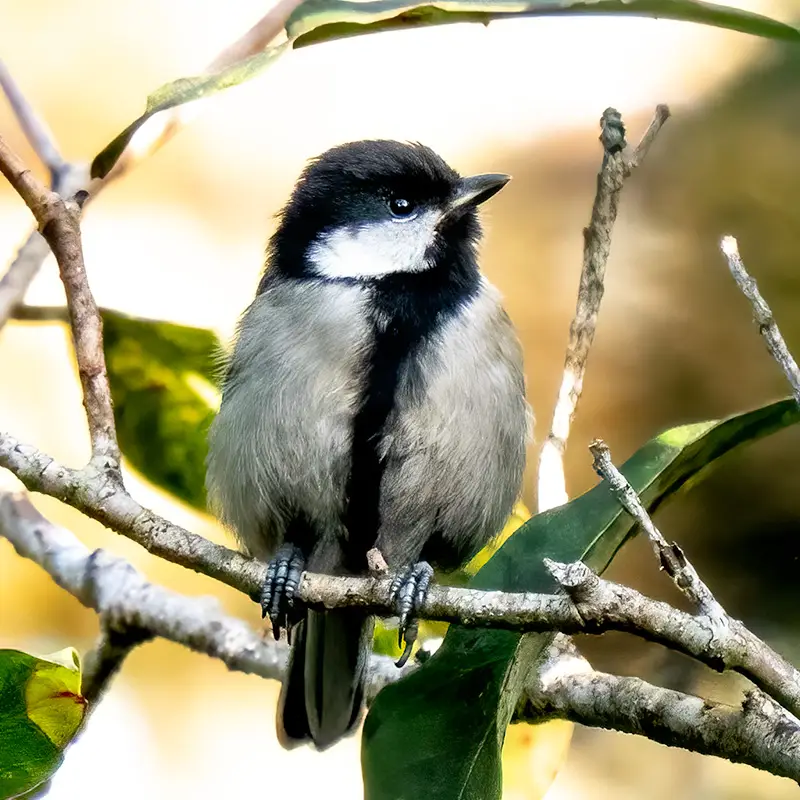
Many people visit the park in the hope of seeing a leopard, but they managed to eluded us during our visit. But in terms of mammals, we did see Sri Lanka Sambar and there were plenty of Toque Macaque monkeys around, a primate that’s endemic to Sri Lanka.

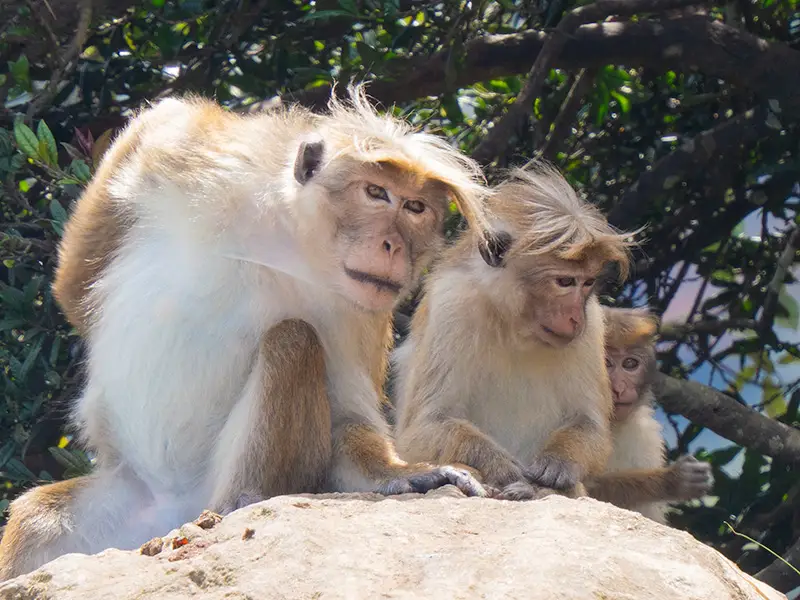
While driving slowly through the park we got a shot of a Paddyfield Pipit, and the sight of a Oriental Honey Buzzard flying low towards us had us jumping out of the vehicle to get a photo.
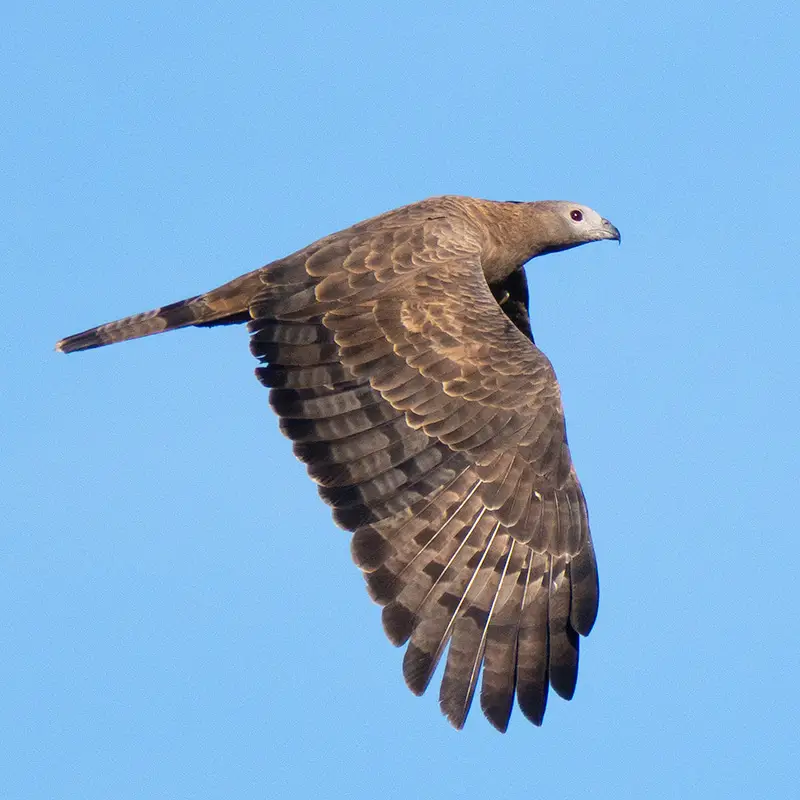

A new bird for us was a Hill Swallow perched on the top of a building as we passed. On the ground a Pied Bushchat had an insect in its bill.
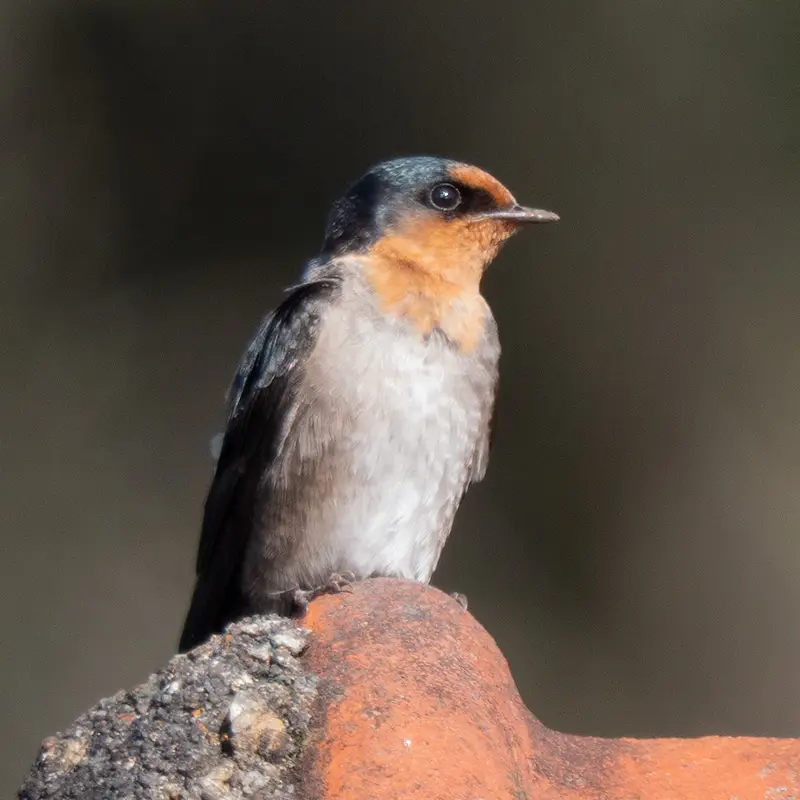
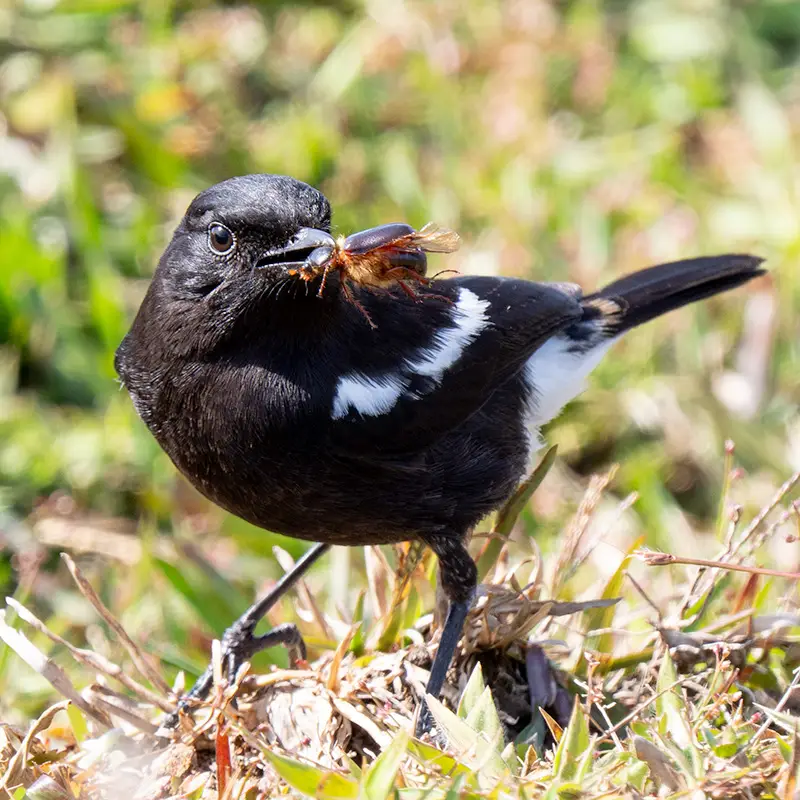
Late in the morning we drove back to our hotel for lunch and a rest after our early morning start. Then we spent late afternoon in the beautiful Victoria Park in the centre of Nuwara-Eliya.
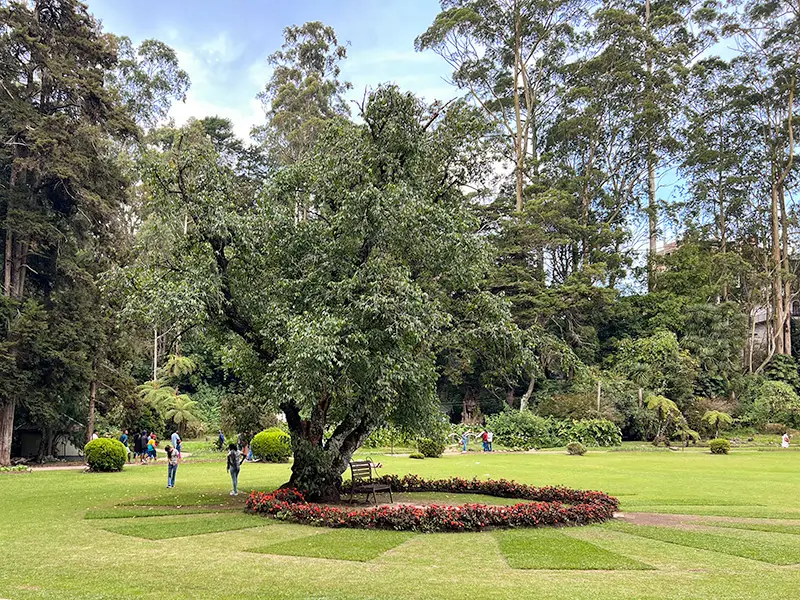
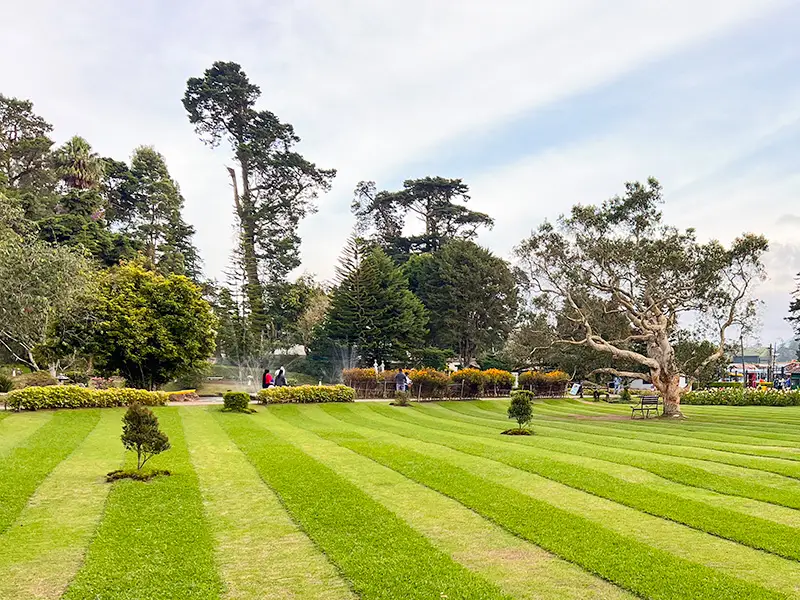
There we saw a good selection of birds as it contains a range of habitats, including a wooded area and a small stream, as well as the manicured lawns, where we saw Common Myna and the Oriental Magpie-robin.
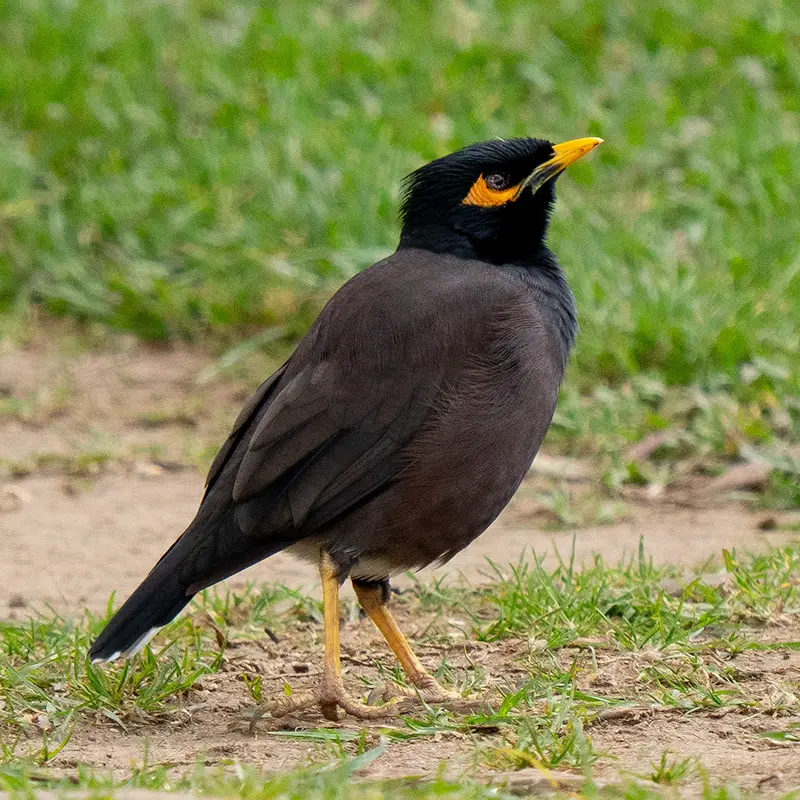
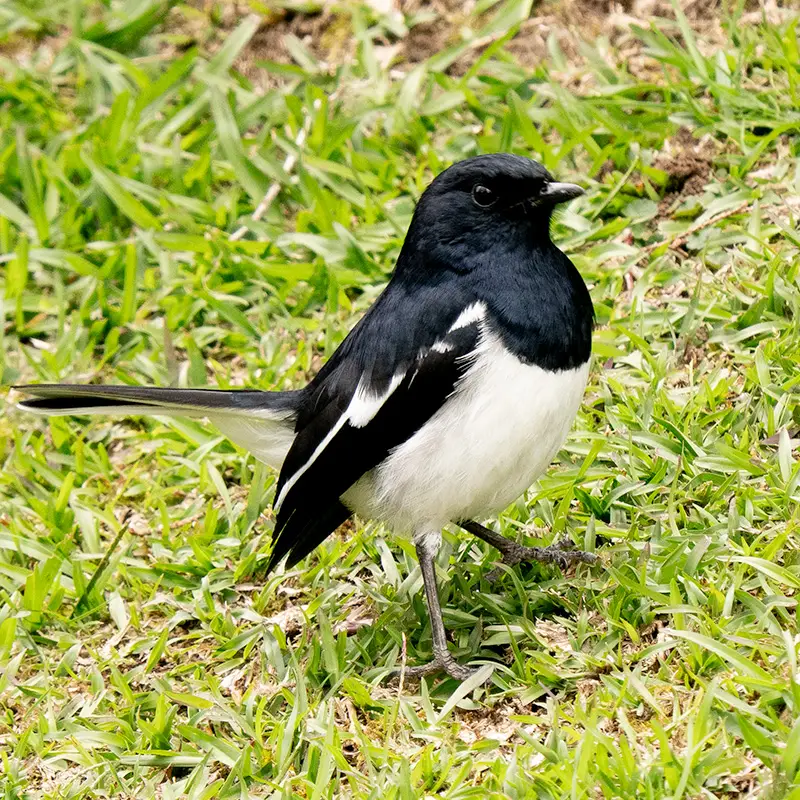
The more wooded areas were very productive and gave us Forest Wagtail, Yellow-eared Bulbul, Indian Blue Robin and Kashmir Flycatcher. Towards the end of the afternoon we could hear an Indian Pitta in the middle of a wooded area but, despite devoting quite a lot of time to the bird, we couldn’t draw it out and our photographic opportunities to capture this species had to wait until later in the trip.



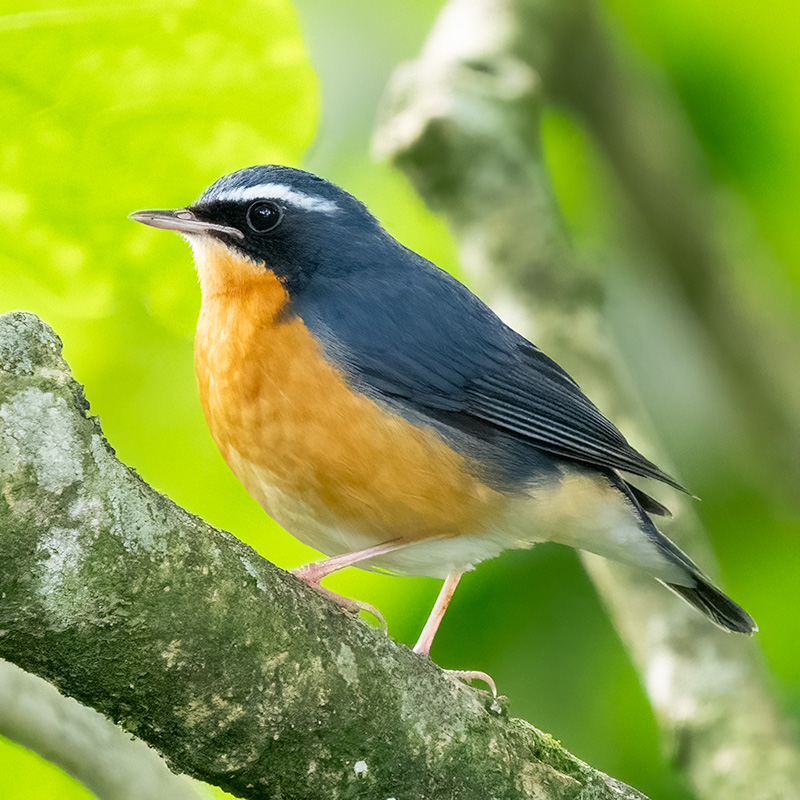
Before leaving Nuwara-Eliya on 13 February (day 6 of the trip) we spent some time in the town’s beautiful Hakgala Botanical Gardens, which were established in 1861. The gardens have extensive grassed areas and many old trees on a gently rising slope at the back of the site.
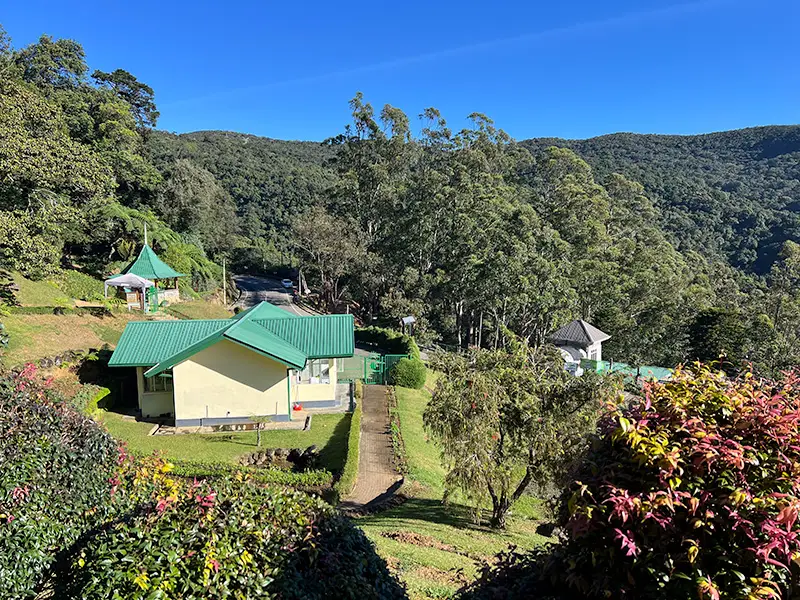
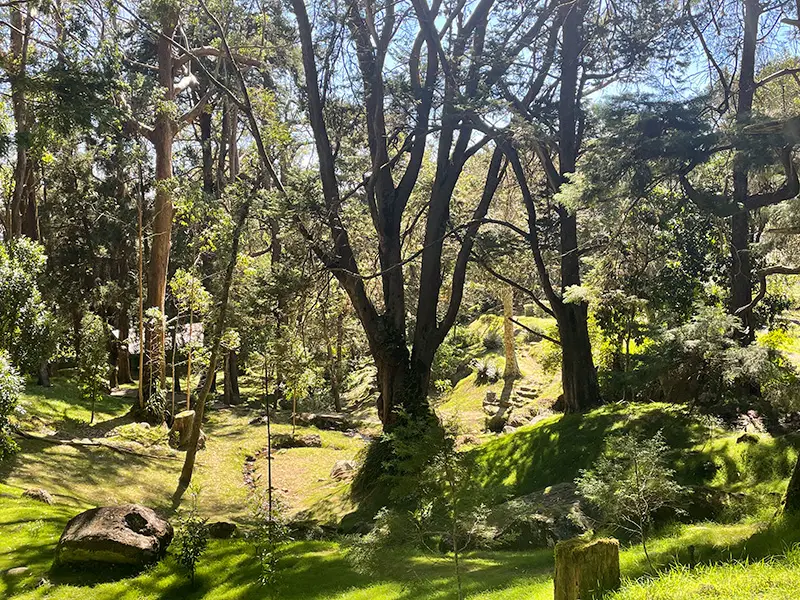
Initially the birding was rather quiet, but we did have excellent views of a Sri Lanka Scimitar-babbler, another endemic species. And nearby we saw a Dull-blue Flycatcher.
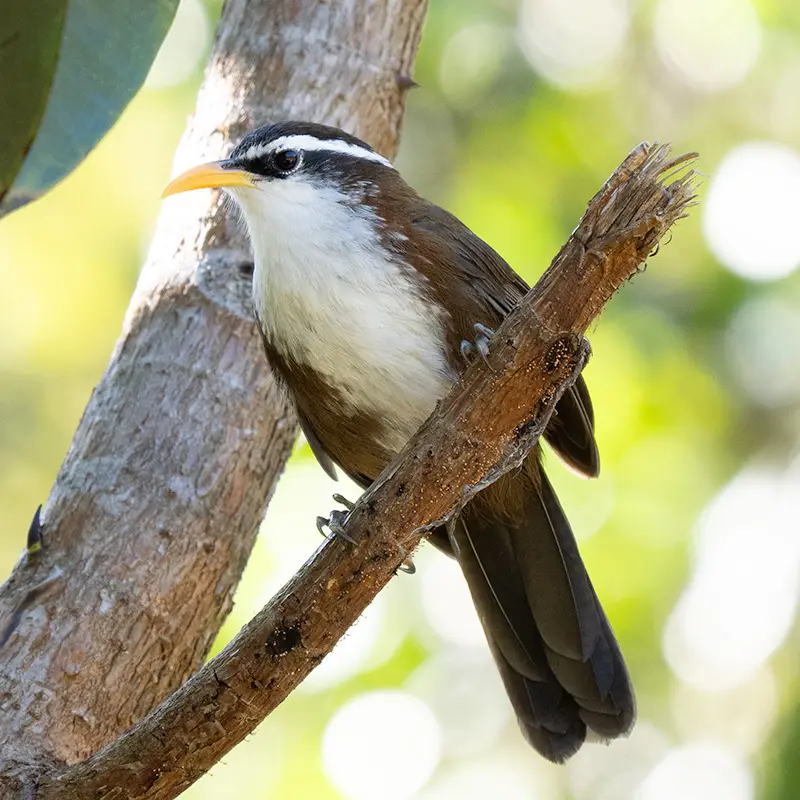
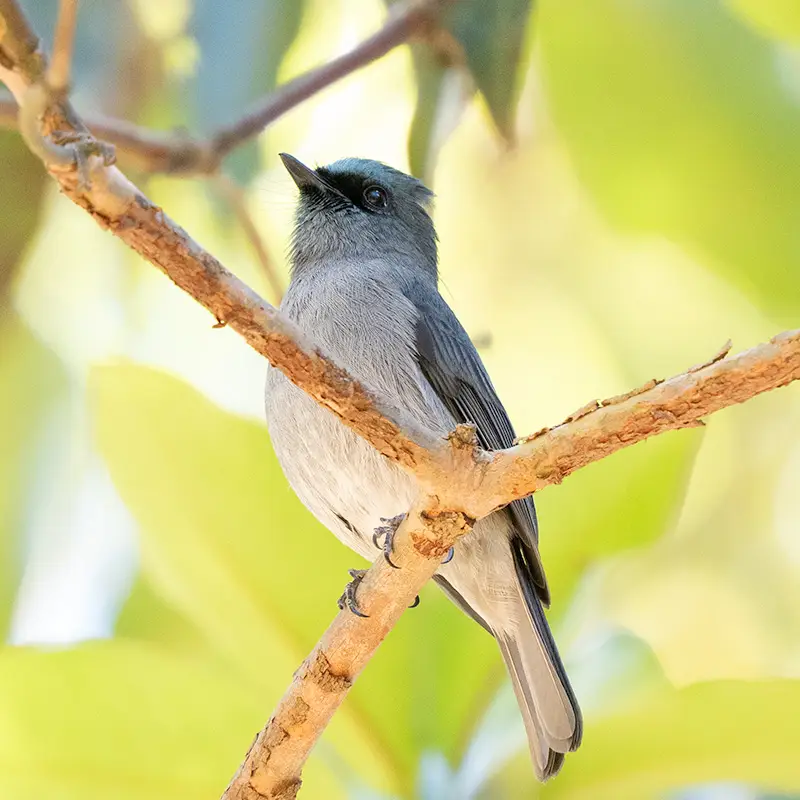
As we walked up the hill we came across a group of Purple-faced Langur, which we had fun photographing as they moved around in the trees near the path. We also saw a Common Rat Snake sunning itself on some bare earth.
